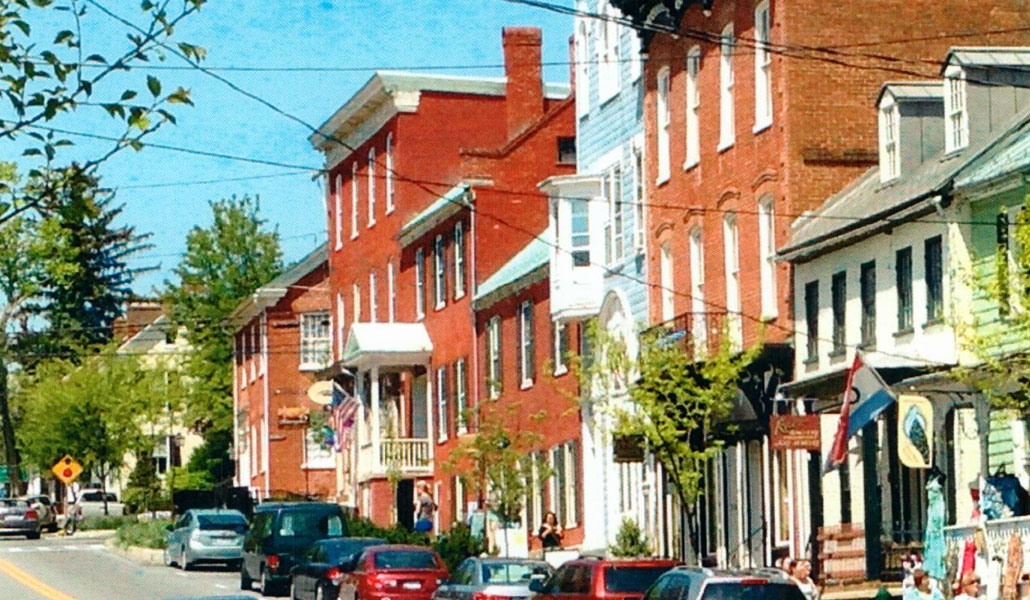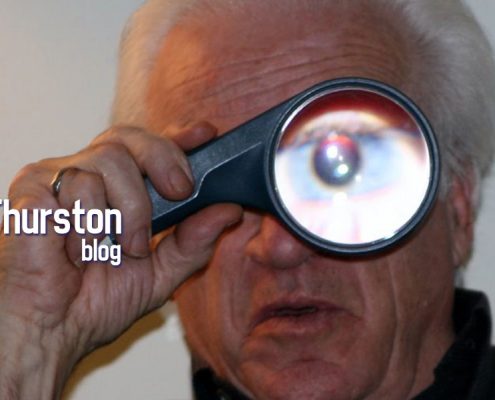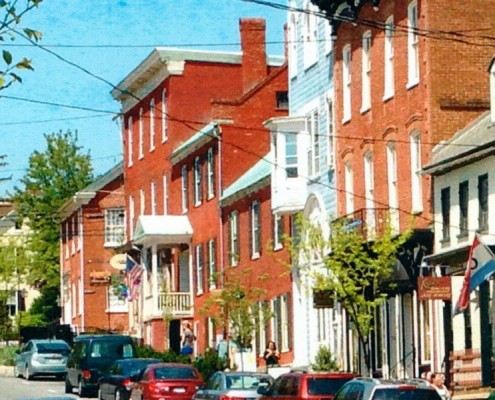Traffic Calming Measures and Oil Transmission Lines Do Mix
Typical of most vibrant communities, Mount Pleasant finds that traffic congestion is more than an annoyance. The good citizens are searching for solutions that will increase convenience and safety while reducing vehicle snarls
Conrad Laverty is a graduate of the Fransisco DeLuca School of Engineering with many years of experience in highway design and is the Chair of the Mount Pleasant Transportation Authority. Other volunteer members include Dr. Eugene Forsythe, The Mount Pleasant Director of Economic and Business Development, Larry Quong, Head of the Police Commission and Kumar Nandakumar, President of the Mount Pleasant Credit Union.
Traffic calming was the main agenda at the Committee’s regular September meeting. Calming measures are designed to lower the negative impact of vehicles by reducing speeds and volumes. Common to this approach are traffic circles, speed bumps, road narrowing and four way stop signs.
The concept is never without controversy. Letters to the editors will always include observations such as bowing to the wishes of an elitists district, adding inconvenience to an already over burdened system, implementation costs, emergency vehicle impairment, and reducing neighborhood access. These opposition groups contend any such measures are expensive, inconvenient and ineffective.
Proponents argue that property values will fall, neighborhoods will deteriorate and safety risks will increase unless traffic is calmed. Areas in which traffic calming becomes an issue are often close to the city centre, mature and prosperous. Citizen groups are well organized, vocal and unified as to the desired outcome. Those in opposition come from varied locales. Organizing a common front is difficult and the benefits are not concentrated. While costs may be substantial they are spread over a wide taxpaying base.
Dr. Eugene Forsythe frequently puts issues such as traffic calming into a broader context. This time he drew attention to the oil pipeline debates now in full swing.
The oil producers supporting the pipeline are well organized, well resourced and think long term.
Groups concerned about environmental issues have less well defined objectives. They differ from one another and are often contradictory as to outcomes. For example is the line a matter of location, a matter of potential environmental harm, a matter of reducing fossil fuel usage or a matter of being dissatisfied with the energy industry as a whole?
Dr. Forsythe concluded that often it is a relatively small but well organized group that will win the debate. The traffic calming advocates have a major advantage because the measures help a relatively small number of residences in a specific area and have the capacity to vote for a single politician such as an alderman. These characteristics are similar to the oil producers who will be well organized, with concentrated political influence.
Not so much the groups carrying an environmental agenda. They are widely dispersed, promote a variety of outcomes, and while they may have considerable political influence, there is limited consolidation.
Dr. Forsythe defined the conundrum as concentrated benefits and diffused costs.















